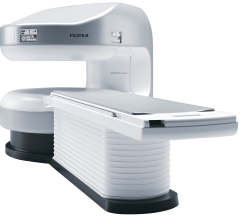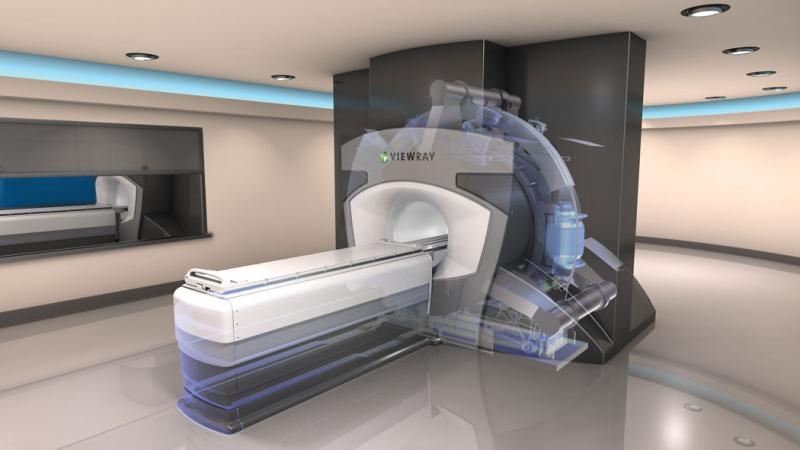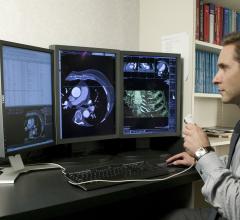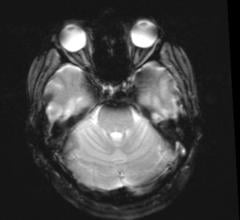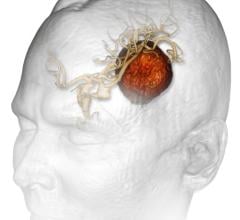Years ago in Vegas I came face-to-face with the strain of radiology. On-site, at an imaging practice built around managed care, I sat from 9 in the morning until 7 that night observing (as unobtrusively as possible) a radiologist. At day's end he retreated to his office, dragging me with him for a recap of the day, his eyes puffy and bloodshot.
Just a few short years ago, the only options for breast imaging were 2-D mammography, but thanks to rapidly advancing technology to address accuracy concerns in reading dense breast images, today there several options, including 3-D tomosynthesis.
With radiology departments generating so much imaging data on a daily basis, and as medical imaging technology continues to advance, many existing picture archiving and communication systems (PACS) and other storage solutions simply do not have the capacity to handle multiple terabytes of data on-site. As a result, hospitals and other healthcare organizations are turning to cloud solutions. It is a buzzword that many are familiar with, but one that many still do not fully understand.
Fujifilm’s APERTO Lucent is a 0.4T mid-field, open MRI system addressing today’s capability and image quality needs ...
Image-guided radiation therapy (IGRT) affords greater accuracy of dose distribution during cancer treatment, allowing the radiation oncologist to see how a tumor is responding over the course of treatment. This has traditionally been accomplished with computed tomography (CT) or X-ray scans, which requires extra radiation exposure for the patient, with relatively poor contrast in soft tissue due to uniform electron density. Since treatment is only as good as the images provided, efforts are under way to find a better modality — and magnetic resonance imaging (MRI) may hold the answer.
Molecular imaging is a broad and dynamic field that encompasses a range of image technologies that allow physicians and researchers to noninvasively visualize biological processes at the cellular and molecular level. Currently, the vast majority of clinical applications of molecular imaging use radiolabeled compounds (radiopharmaceuticals) that are detected with gamma cameras, single-photon emission computed tomography (SPECT) or positron emission tomography (PET), depending on the type of radioactivity used. Molecular imaging techniques typically complement more anatomic-based imaging modalities such as computed tomography (CT) and magnetic resonance imaging (MRI), and hybrid imaging modalities including SPECT/CT, PET/CT and more recently PET/MRI are available for clinical use. Together, multimodality molecular imaging can more accurately localize and characterize disease processes than either modality alone.

SPONSORED CONTENT — Fujifilm’s latest CT technology brings exceptional image quality to a compact and user- and patient ...
State-of-the-art imaging displays are a must for the healthcare arena, and today have an increasing capacity to offer large, high-resolution displays, color accuracy, calibrated brightness, advanced connectivity, optimized workflow and high contrast, just to name a few. A variety of vendors continue to improve the technology to better display imaging modalities, including computed tomography (CT), magnetic resonance imaging (MRI), X-ray, positron emission tomography (PET), mammography and ultrasound, and to ensure screens remain DICOM (digital imaging and communications in medicine) compliant.
SPONSORED CONTENT — Fujifilm’s latest CT technology brings exceptional image quality to a compact and user- and patient ...
The U.S. Food and Drug Administration (FDA) announced its latest efforts in supporting the Bonn Call for Action on radiation protection.
The future of picture archiving and communication systems (PACS) is changing. What emerged more than 20 years ago with a bang and helped change the face of diagnostic imaging and productivity is now seeing its own changes as new technology advances. Functions that once were exclusive to PACS are shifting to different applications.
Governor Bobby Jindal signed the 24th density reporting bill (House Bill 186) into law. The Act, known as the Monica Landry Helo Early Detection Act, will become effective January 1, 2016.
SPONSORED CONTENT — EnsightTM 2.0 is the newest version of Enlitic’s data standardization software framework. Ensight is ...
Utah-based healthcare technology company Novarad is planning to provide workflow optimized virtualization from Sphere 3D Corp. to 400 healthcare facilities that currently use Novarad’s healthcare software.
University of Southampton scientists have discovered a link between coronary heart disease and osteoporosis, suggesting both conditions could have similar causes.
The spinal cord engages in its own learning of motor tasks independent of the brain, according to an imaging study published June 30th in the Open Access journal PLOS Biology. The results of the study — conducted by Shahabeddin Vahdat, Ph.D., Ovidiu Lungu, and principal investigator Julien Doyon, Ph.D., of the University of Montreal, Quebec, Canada — may offer new opportunities for rehabilitation after spinal cord injury.
Did you know that approximately one-third of all the data in world is created by the healthcare industry and that ...
Mevion Medical Systems announced delivery of the superconducting synchrocyclotron accelerator for its Mevion S250 proton therapy system for installation at University Hospitals (UH) Seidman Cancer Center and UH Rainbow Babies & Children's Hospital in Cleveland.
MRI Interventions Inc. announced that the neurological surgical team at University of Kansas Medical Center performed the first stereotactic laser ablation of the hippocampus (SLAH) procedure in their magnetic resonance imaging (MRI) suite, utilizing the ClearPoint Neuro Navigation System.
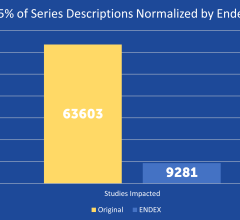
SPONSORED CONTENT — EnsightTM 2.0 is the newest version of Enlitic’s data standardization software framework. Ensight is ...
When it comes to breast cancer screening, the fibroglandular density of your breasts affects how well a mammogram can detect cancerous tissues. That’s why Pennsylvania and 20 other states have adopted laws requiring radiologists to include information about breast density in every woman’s mammogram report, according to Susann Schetter, DO, co-medical director of Penn State Hershey Breast Center. Schetter’s comments were published in a recent edition of The Medical Minute, a weekly health news feature produced by Penn State Milton S. Hershey Medical Center.
Significant strides have been made in improving the survival of adult patients with low-grade gliomas, according to researchers at the University of California, San Diego School of Medicine. The scientists used clinical data collected over the past decade through a U.S. cancer registry for their research on the slow-growing yet deadly form of primary brain cancer. The findings are published July 1 by Neuro-Oncology: Clinical Practice.
The continuing exploration of the benefits of proton therapy is inspiring a growing and massive construction of new proton centers across Europe. Proton Therapy Center (PTC) in Prague has been treating patients from 25 countries for more than two years, and many other facilities are profiting from Prague’s experience.
Carestream showcased the Carestream Vue PACS (picture archiving and communication system) workstation with streamlined reading, processing and reporting of imaging studies at the “Workstation Face-Off,†part of the annual International Symposium on Multidetector-Row CT. The event, held recently in San Francisco, was hosted by the International Society of Computed Tomography (ISCT).
In recent years, there has been widespread media coverage of studies purporting to show that radiation from X-rays, computed tomography (CT) scans and other medical imaging causes cancer. But such studies have serious flaws, including their reliance on an unproven statistical model, according to a recent article in the journal Technology in Cancer Research & Treatment. Corresponding author is Loyola University Medical Center radiation oncologist James Welsh, M.D., MS.

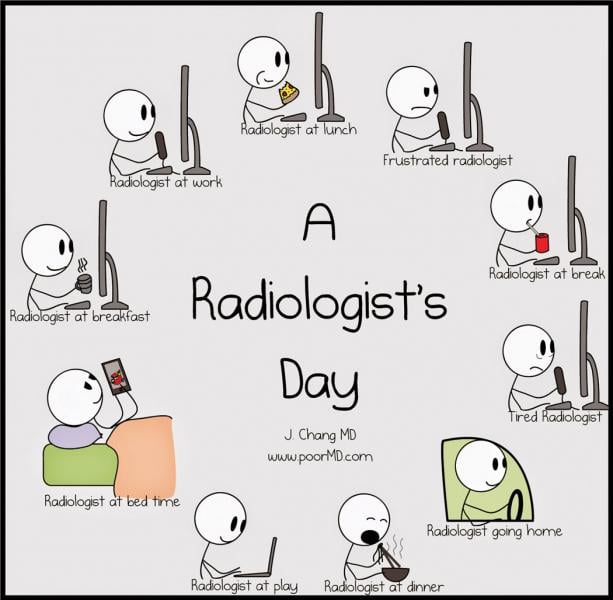
 July 06, 2015
July 06, 2015 


